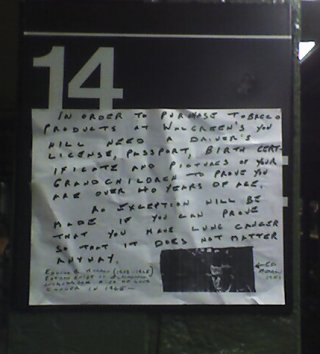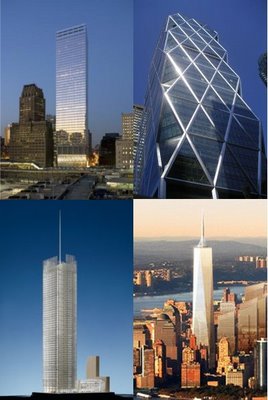I obviously don't do a lot of movie reviews here, but I'm making an exception for
Eden, a German film screened at the
Tribeca Film Festival, and a film about glorious cooking. I saw the movie with several other foodie friends at a very nice theater in... the Upper West Side. The Tribeca Film Festival has outgrown its roots in Lower Manhattan, and has now spread a 20 minute subway ride away. But they put the film in the best theater in the multiplex, with very comfortable seats. The director, Michael Hofmann, who was present, said it was the largest theater his work has been shown in!
The film is a comedic drama with romantic overtones, about a married woman (Eden) with a young Downs-afflicted daughter (Leonie) and a frustrated husband (Xaver) who meets a fat, introverted, awkward, but extremely talented and warm chef (Gregor) in the spa village they live in. She becomes enthralled by him, visits his house, and begins a chaste affair with him where their mutual affection is expressed only through the food he cooks and her appreciation of it. Xaver hears about his wife's weekly dinners with the chef, and despite her renewed romantic interest in him, inspired by the "cuisine erotique" cooked by the chef, become jealous and angry and the plot proceeds from there.
Although the script is only fair, the film was, I think, saved by its casting. Josef Orstendorf is a German theater actor in his first leading role in a feature film. His character is lonely, possibly somewhat autistic, and we see how his childhood isolation turned into a love of creative cooking and a desire to connect with people through food. Orstendorf's performance is admirably nuanced, expressing both the torment of his physical and personal isolation and the joy he feels in cooking. The complexity of his relationship with Eden, played by Charlotte Roche as a naive but very attractive woman, is expressed well by both actors. The young girl with Downs syndrome (Leonie Stepp) is directed very well, and most of the other actors are good as well.
Besides the relationships in the movie, the other focus is the food. Hofmann gets half of this right, doing an excellent job of showing how the transcendent food (300 euros or $400 for dinner) affects the people who eat it. The interplay of smiles among diners in his restaurant is very enjoyable to watch, and is enhanced by visual touches such as the translucent white plates lit from below. However, with the exception of several beautiful cakes, the filming of food and cooking mostly does not rise to the level of other culinary films such as
Like Water for Chocolate,
What's Cooking?, or
Eat Drink Man Woman, or for that matter to the level of food porn seen regularly on food blogs like
Chocolate & Zucchini. As one friend pointed out, there wasn't much actual cooking seen, just eating. For those of us who are into fine cooking, not just fine dining, this was a disappointment. I'm sure the food was good (the director said that he gained three kilos during filming!), but it didn't look as radiant as the actors did while eating it.
Overall, I enjoyed the film. In some sense it wasn't as good as the three culinary films I listed above, with a more erratic script, a less-clear mood, and rather flat cinematography (
another review called the visuals muddy), the heart put into the movie by the director and particularly by the actors was clear. I give it three out of four... oh, what should my icons be? stars? brains? skyscrapers? eggplants? Oh, I've got it! Lamb chops.



Labels: food, nyc
























